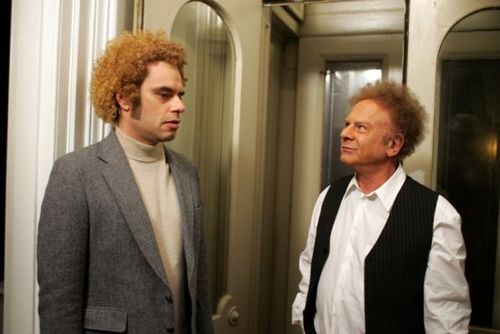The term 'Postmodernism' is a very broad term. Postmodernism can be anything that rejects the ideas of traditional modern media such as being original or following typical media conventions. Postmodern media is though a very popular form of media which can range from a very subtle usage to a very obvious use. Postmodern Media is used in many different forms ranging from film to music.
In the film industry postmodernism has become an increasingly popular form of film. An example of one of the biggest and most famous users of the idea of postmodernism is Hollywood director 'Quentin Tarantino'. Tarantino has produced a total of 8 films with each one of them containing elements of postmodernism. One of the biggest ways in which Tarantino does this is by referencing other films and media in his own films. This is used in almost all of his films and is not as obvious as you might think. Tarantino makes references to media that is in a completely different genre so that you don't expect it. One of the most common genres that he references is 'Spaghetti Western' this is most prominent in his recent war film 'Inglorious Basterds'. The film begins with references to the film 'The Good The Bad and The Ugly' where the same intro plot is used and there is use of almost identical camera angles and shots.
Another film that uses postmodernism is 'Scott Pilgrim Vs. The World' In this film however the postmodern references are not as subtle as they are in Tarantino's films in this film they are deliberately meant to be noticed. 'Scott Pilgrim' makes references mainly to various video games. Using conventions of a video game in a film is in itself a very postmodern idea as they are two very different types of media. The film references many retro games such as old Nintendo games this again is very postmodern as this would contrast with the majority of the film's target audience which would be teenagers and young adults, this is because the majority of the references made are to games made before the target audience was even born so they would have never had experienced these game and thus would not understand the references.
Postmodernism is also commonly used in the music industry ranging across many different genres. Rap and Hip-Hop commonly contain elements of postmodernism with artists such as 'Kanye West'. Kanye like many other artists in the Hip-Hop genre use sampling which is a form of referencing much like in the film industry. In his song 'Gold Digger' Kanye used a sample from the 1950's blues song 'I Got a Woman' by 'Ray Charles' which in itself is a sample of the 'It Must Be Jesus' by 'The Southern Tones'. This shows the possibilities that the use of postmodernism can create as though postmodernism a song that was about the power of Jesus has gradually been turned into a song about women who look for rich men. So is postmodernism a good or bad thing?
Postmodernism doesn't stop at referencing and sampling, another type of postmodernism is hyper reality. What makes this type of postmodernism so important is that it is happening in the word around us in places that you would often visit. Hyper reality is almost fooling you into believing something that probably is correct at all but you are made to think it is right. One of the main culprits for this are fast food establishments and restaurants. For example when you visit a 'McDonalds' restaurant you would look at the picture of the food and order it in the belief that what you would receive is as it on the picture, this as we know however is not true as what we receive is never as good as what is shown in the picture, so why then do we accept that? If for example you ordered an item of clothing and when you received it the item looked nothing like the picture you would send it back, which begs the question of why we accept it when it comes to food. This is all a result of hyper reality.
To conclude I have very mixed views on the idea of postmodernism as it can be used for what I feel is a good thing of re-using older media through the use of referencing however this makes me think that there would be no such thing as originality.

